“The road to hell is paved with adverbs. . . . To put it another way, they're like dandelions. If you have one on your lawn, it looks pretty and unique. If you fail to root it out, however, you find five the next day, fifty the day after that, and then, my brothers and sisters, your lawn is totally, completely, and profligately covered with dandelions. By then you see them for the weeds they really are, but by then it's — GASP!! — too late.” —Stephen King
This is the last day of my second No Mow May, and I have had enough. I started mowing 10 days ago.
The idea of “No Mow May” is to give insects (aka pollinators) a chance to enjoy to the early spring flowers. Here in western Massachusetts, there are lots of violets as well as lovely speedwell, purple dead nettle, and dandelions. Lots and lots of dandelions.
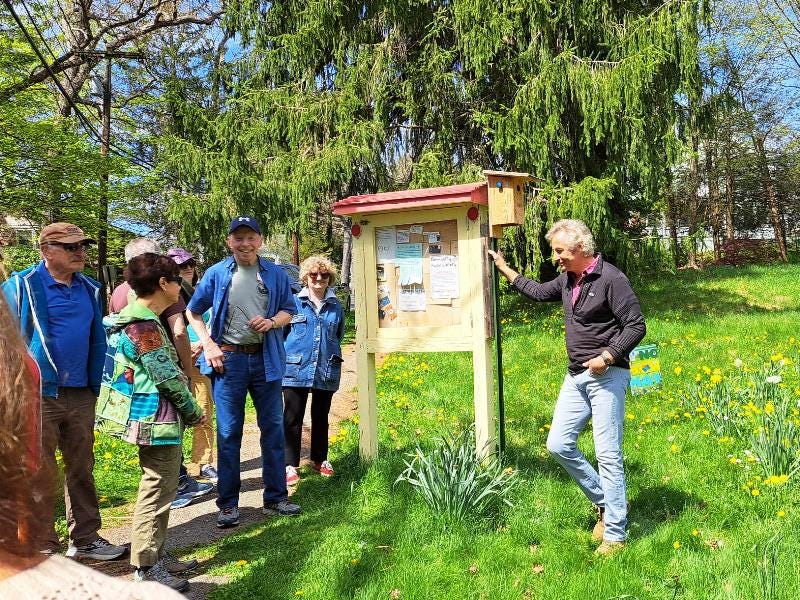
The Ego electric mower deals with the high grass without complaint (set at 5 inches for a first cut) and has a self-propulsion switch that works a treat. I started by cutting paths. Some areas I’ll leave for the moment, especially because there are camassia blooming amongst the faded daffodils. And I swerved when I got to a patch where I could see tiny orange butterflies rising into the late afternoon sun.
I plan to start digging out the dandelions, which have completely taken advantage of No Mow May. When they’re in bloom, dandelions are cheerful, but after that they are ugly. I am lucky not to live in a housing association that monitors lawn care. Even a young guy looking for summer work took the long grass in stride, offering to return in June.
Last year some of my neighbors were very creative with their lawns after No Mow May:
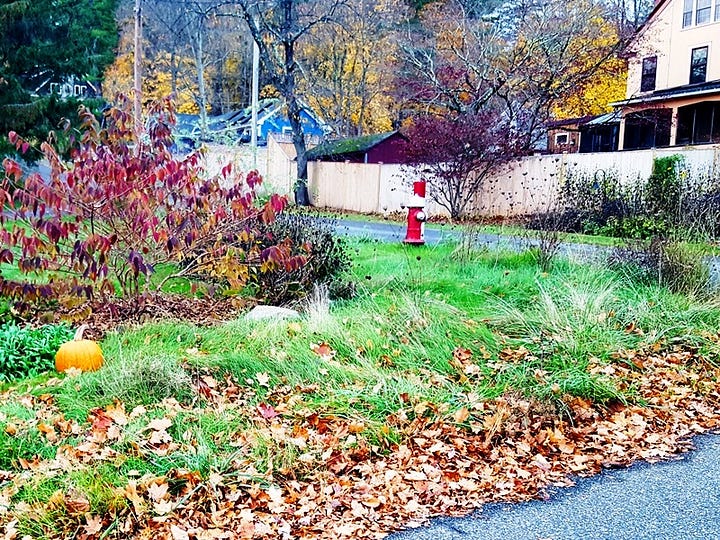
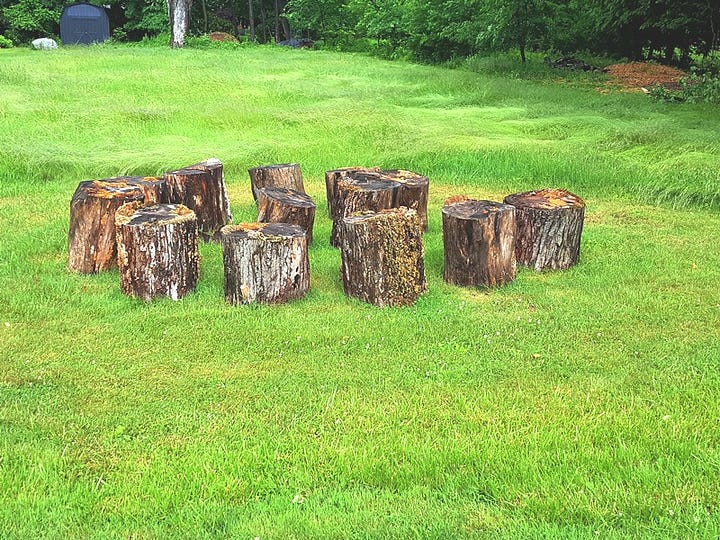
And this stretch of high grass was quite beautiful - though it does look more like prairie than a New England garden:
I’m going back to the days before No No May, when I often got compliments on a flowery part of the lawn that friends referred to as a “meadow,” but kept the rest of the place fairly trim. A lawn is year-round and that’s how I am going to think of it. Mowing every two weeks (not one week, not three) is optimal in terms of increasing bee abundance and variety, and helping your lawn become more resilient to drought.





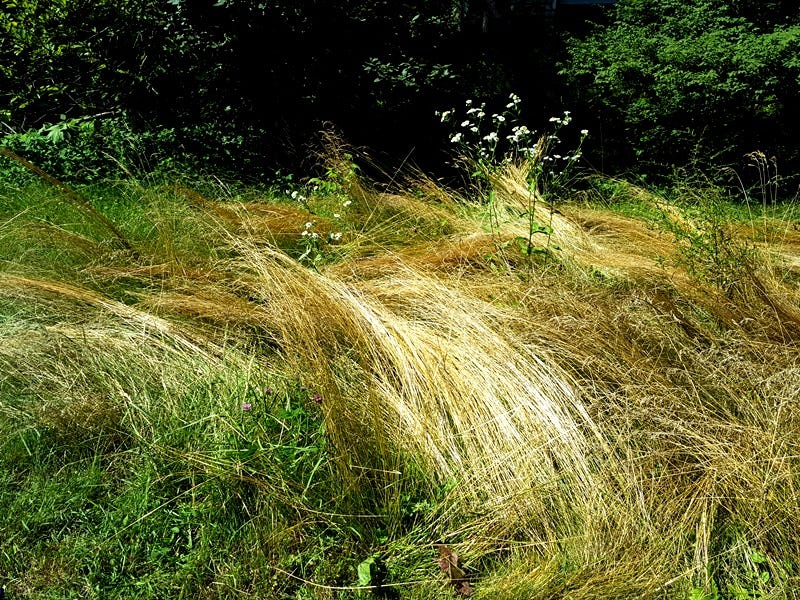
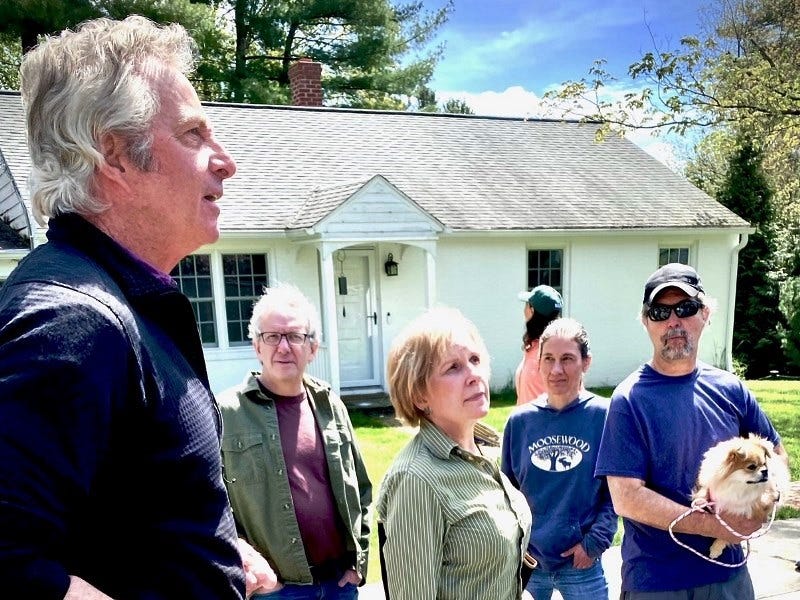

I cannot help but think of Liberty Hyde Bailey's quote after reading this.
"The man who worries morning and night about the dandelions in the lawn will find great relief in loving the dandelions."
In my home, we make a digestive aid out of homemade dandelion wine, their roots, and a variety of other roots and herbs. It works and it's delicious (and cost effective!). Dandelion taproots mineralize and aerate the soil. I've been told by my mentors to plant the garden where the dandelions are growing. Sadly, my lawn has very few dandelions.